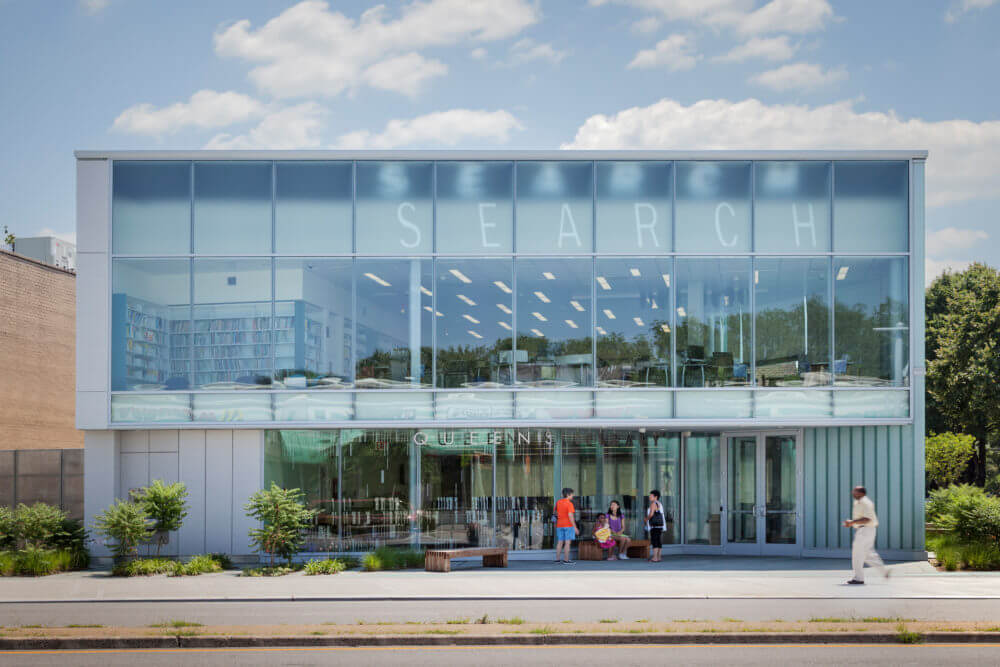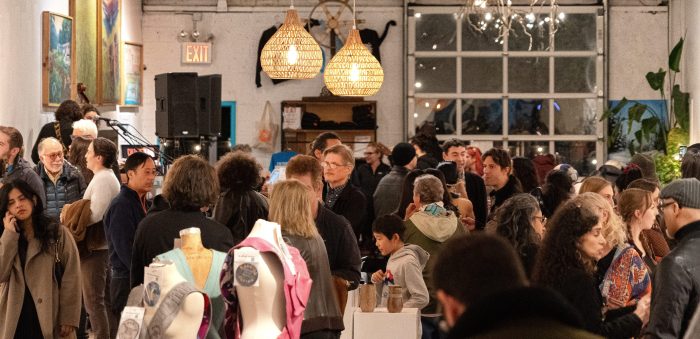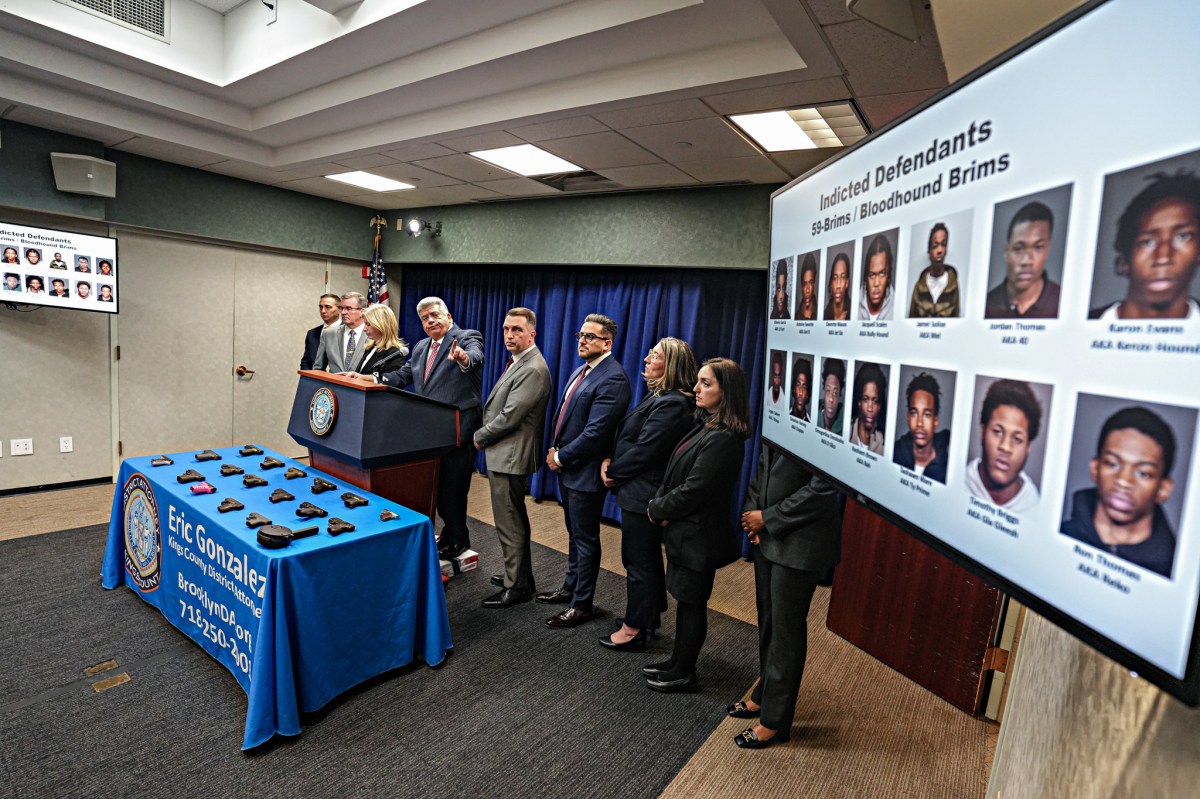A uniquely-designed community center in Glen Oaks should be used as template for accessible public spaces throughout the country, according to a new report.
The Glen Oaks Branch Library was deemed a model example of a public space designed to “foster healthy and engaged communities” by the Center for Active Design in its recently released report, Assembly: Civic Design Guidelines. In 2013, the library underwent a massive $17.1 million renovation which doubled the space of the previous building.
The community center on Union Turnpike and 256th Street meets a number of guidelines for a space “that lays the foundation for a robust civic life,” including outdoor seating options, a welcoming entrance and the incorporation of nature elements. The structure’s clear panels flood the space with natural light, while outside a public plaza gives the library a “front porch” that encourages people to gather and explore.
“Pedestrian-scale lighting; attractive, well-maintained greenery; and simple, modern wooden benches provide a safe and welcoming spot for library visitors to rest, connect with nature, read a book, or watch city life go by,” the report says.
The transparent facade literally invites those who pass by to “SEARCH,” employing the strategy of positive messaging. The word is also translated into over 30 languages on the building’s exterior, capturing the attention of the neighborhood’s diverse population. This cues residents to a welcoming environment, the report suggests, and entices them to come inside and explore.
The space is also easily accessible to locals seeking multiple modes of transportation. Residents can drive, take public bus, walk or ride their bikes to the location, which has bike parking and a sheltered bus stop outside.
“In Queens, New York, the recently opened Glen Oaks Branch Library — situated in one of the most diverse communities in America — is an inspiring example of the role design can play in supporting the important work of public libraries,” the excerpt reads. “The new Glen Oaks library addresses the need of the surrounding community and serves as an epicenter of cultural exchange.”
The Glen Oaks center was one of five “stories from the field” cited within the report, which is meant to serve as a playbook for public leaders on how to build community spaces that build trust, heal division and foster civic life. Communities with these qualities see less crime, healthier populations and higher voter turnouts, the report suggests.
The report “comes at a crucial time for our democracy, as Americans are expressing less trust in institutions of all kinds,” according to Lilian Coral of the Knight Foundation, which funded the study.
“The publication essentially offers civic leaders a ‘how to’ for implementing strategies and projects that use public space to inspire positive community transformation and put people at the center of community-building,” Coral said.
The Center for Active Design is an international nonprofit organization whose mission is “to transform design and development practice to support health, ensuring equitable access to vibrant public and private spaces that support optimal quality of life.” Read the full study here.



































